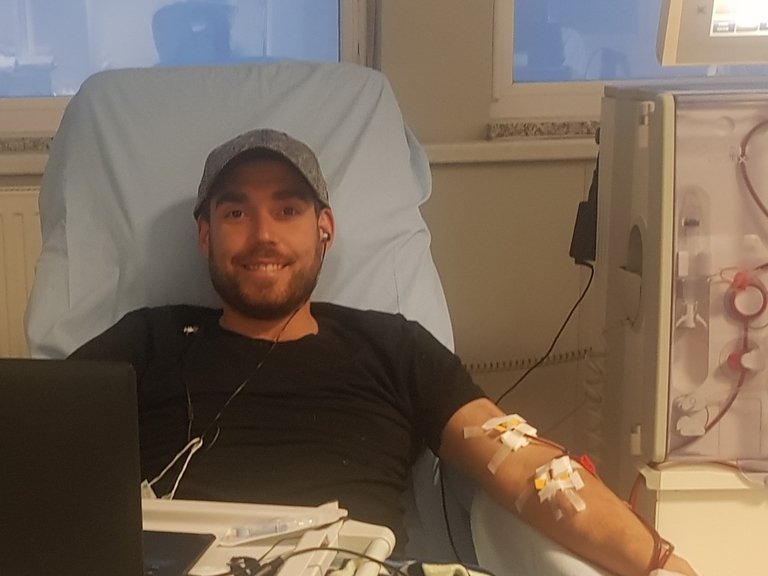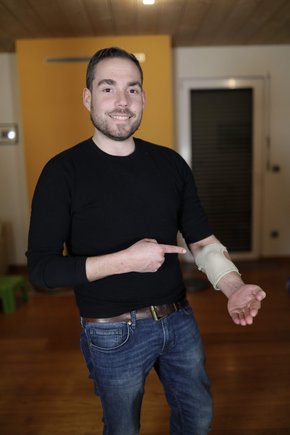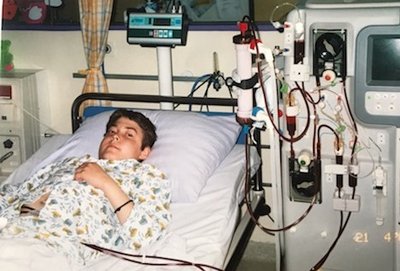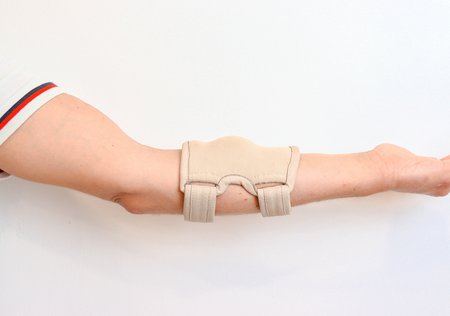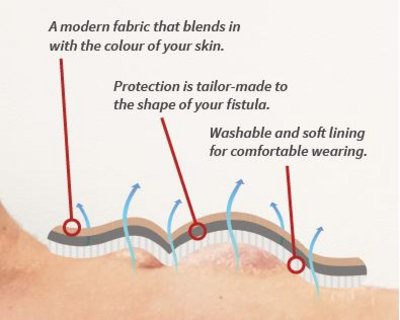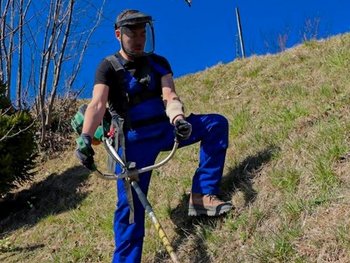It’s tough when you are faced with kidney disease when you are still just a kid. Our Slovenian patient Gal Hostnik had to face it when he was just fourteen. What makes his story remarkable is how he reacted to this tough challenge.
Gal studied economics in Ljubljana and then used his experience and knowledge to become an entrepreneur and inventor. Today, he runs his own company “Cydney” with a bold mission: “to create a new way of treating kidney disease". But let him tell you all about it himself.
Growing up
When we are young, we have lots of plans for what we want to do in life. But sometimes life takes its own path, and we are forced to adapt to new circumstances. It’s difficult at first, and we struggle. Only when we learn to accept and adapt, inspiration can come, new ideas and creative powers can arise again – and even new meaning for our lives.
This is what happened to me. At a young age, I was struck by an illness that forced me to abandon the goals I had set for what I wanted to do in life – and start a new life, one that I could not have imagined.
